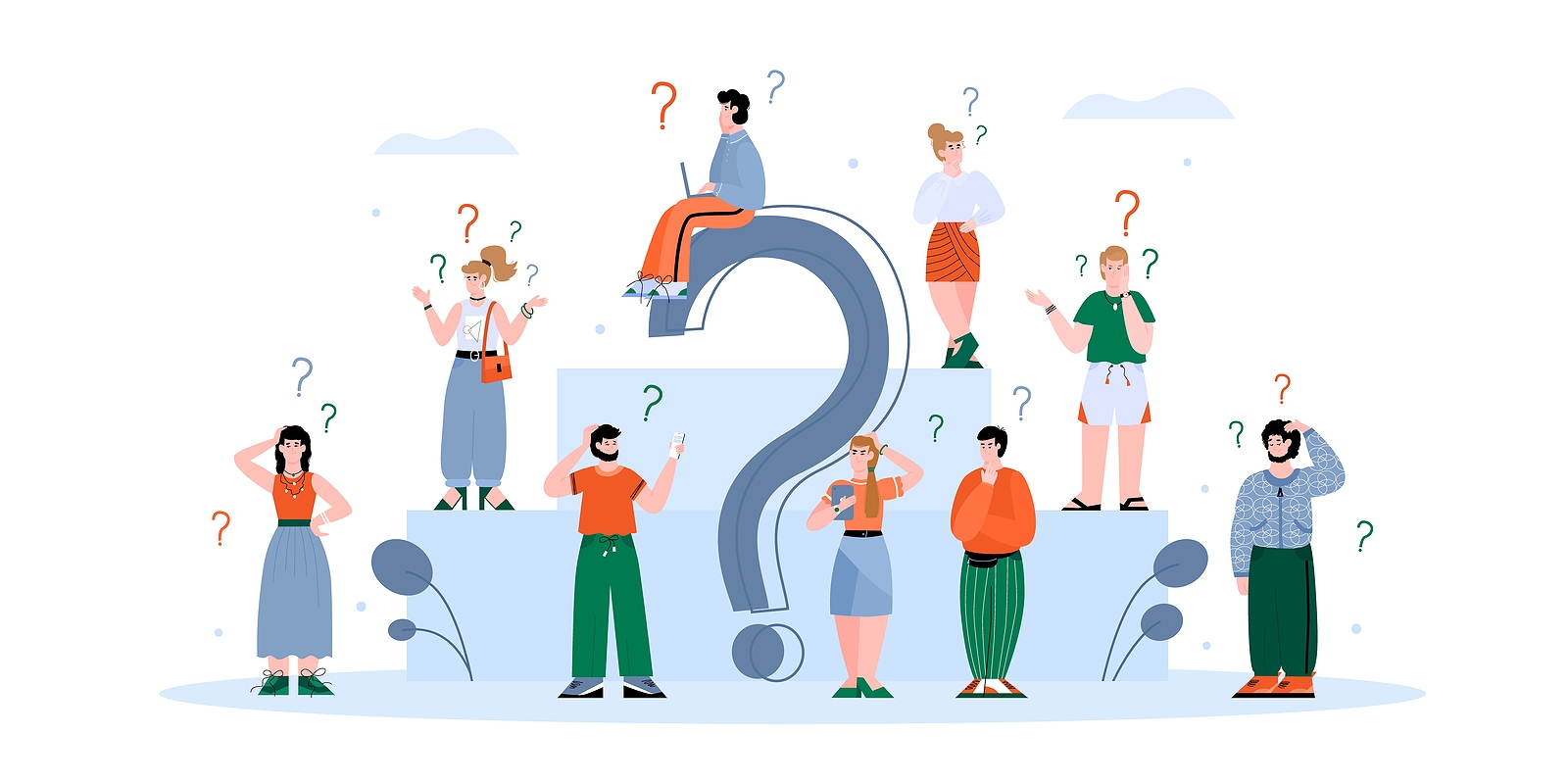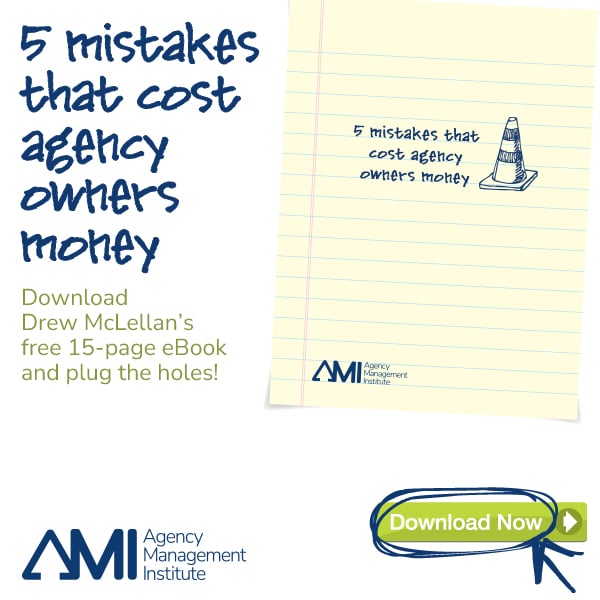At the beginning of most of my engagements, I start by sending the client team a questionnaire that helps me establish a baseline understanding of how the agency approaches business development—strengths, weaknesses, skills, and areas of resistance.
In it, I ask them to describe their ideal client. Here’s a sampling of what I hear more often than not:
“Open-minded, seek out expert advice, and take it, challenge us with problems they can’t solve, value our time and expertise.”
“Really smart, and motivated to get things done.”
“Collaborators who recognize the importance of strategic planning and thoughtful execution.”
“They provide us with direct access to key decision-makers. They’re collaborative, value our opinions and input, and have a healthy balance of practical and aspirational thinking for their brand.”
“They’re ‘brand collaborators’—marketing-led companies looking for a long-term, transparent partner to challenge the status quo and collaborate on integrated solutions.”
“They trust us, respect us, and like spending time with us. Discussion is always thoughtful, relaxed, and challenging. It never feels like we’re not on the same team even when we disagree.”
“They are appreciative of the work we do and pleasant to work with.”
These are pretty idyllic descriptions. And not necessarily unrealistic. Every agency deserves to work with clients like these.
The problem is, these descriptions are limited in their ability to help you find ideal clients. I began to consider why agencies default to describing ideal clients in this way. What I realized is agencies tend to frame the question as “who are we best served by?” when the question I’m really asking is “whom do you serve best?”
Understanding the distinction between the two has big implications for the effectiveness of your new business outreach.
Who is your agency best served by?
To be clear, the answer to this question is important because it helps you determine if prospective clients will be a good fit for your agency, but it’s limited in its ability to help you find those clients because:
-
It’s internally directed. It has more to do with how you want to shape your agency in the future, the work you want to do, and the people you want to welcome into your culture. It’s stuff you should care about very much, but, don’t make the mistake of thinking that your ideal client cares, especially if they don’t know you yet and have zero invested in the relationship.
-
It’s abstract. The answer is typically filled with lovely but abstract sentiments. Your ideal client is courageous, collaborative, appreciative, forward-thinking, or whatever terms you use to describe clients that are a delight to work with. The problem is, there’s no context so the terms are rendered powerless.
-
It’s interpersonal. You are only able to gauge whether or not a client embodies all those abstract qualities as a result of getting to know them personally. A Google search won’t yield satisfying results.
-
It’s qualitative. And, as such, it isn’t helpful if you want to understand the size of the potential market opportunity.
-
It’s how you qualify them. The answer to the question relates to how you determine if they are a fit for your agency or not.
Whom do you serve best?
This is the question to ask yourself when thinking about how to find and attract your ideal client. That’s because the answer is:
-
Externally directed. The answer is manifested through your marketing strategy and messaging and reflects the audience you’re trying to reach. It’s like a “wanted” poster that you project out to the world.
-
Tangible. It provides context, such as job function, category of business, and ideally, addresses a persistent problem you help your clients solve.
-
Publicly searchable. Most, if not all of those tangible descriptions can be exploited for highly specific searches that result in a set of businesses that would benefit from working with you.
-
Quantitative. If you’ve described your ideal client in tangible terms and your search yields a satisfying result, then you can quantify how big that market is.
-
How your clients qualify you. You are judged based on your external messaging the moment a prospective client comes into contact with it. When it’s tangible and directed to the right audience, you’ll strike a positive chord and the natural reaction will be to seek more information from you. Your prospects won’t work as hard (assuming they’re willing to work at all) to determine if you’re qualified to help them.
How do you make this shift?
Over time, you and your team have amassed enormous amounts of intelligence on your clients’ business which you may not be fully leveraging. I want to offer an easy yet deceptively effective exercise that I use with my clients to get to the root of the question, “who do we serve best?”
Start by thinking about your favorite clients, or the category where you do your most effective and satisfying work. List the insights you have into that business or category. How do your clients struggle? What are the problems they routinely face that you have the ability to solve? Think of specific, tangible challenges related to things like:
-
Reaching a consumer demographic—i.e., women over the age of 40; LGBTQ adults; Latinx millennials
-
Stages of the purchase funnel—i.e., awareness, consideration, intent, purchase
-
Life cycle of the business—i.e., start-up, category leader, legacy firm
-
Business model—i.e., franchise, dealership, direct-to-consumer
-
Marketing disciplines, tactics, or platforms—i.e., event marketing, search optimization, media buying, brand identity
Here are a few guidelines to follow.
-
Focus on useful insights about them.
“Banks must navigate complicated regulations when marketing their products.”
-
Avoid calling out their weaknesses
“Banks don’t appreciate good design.”
-
Don’t include services you could offer if just given the chance
“We offer banks a collaborative approach that keeps stakeholders aligned.”
When I do this with my clients, I find the answers flow once they get out of their own heads and into the headspace of their clients. And, at the end of the exercise, they have the foundation for a client-centric marketing strategy that is more likely to get the attention of those whom they serve best.
So, who is your ideal client?





